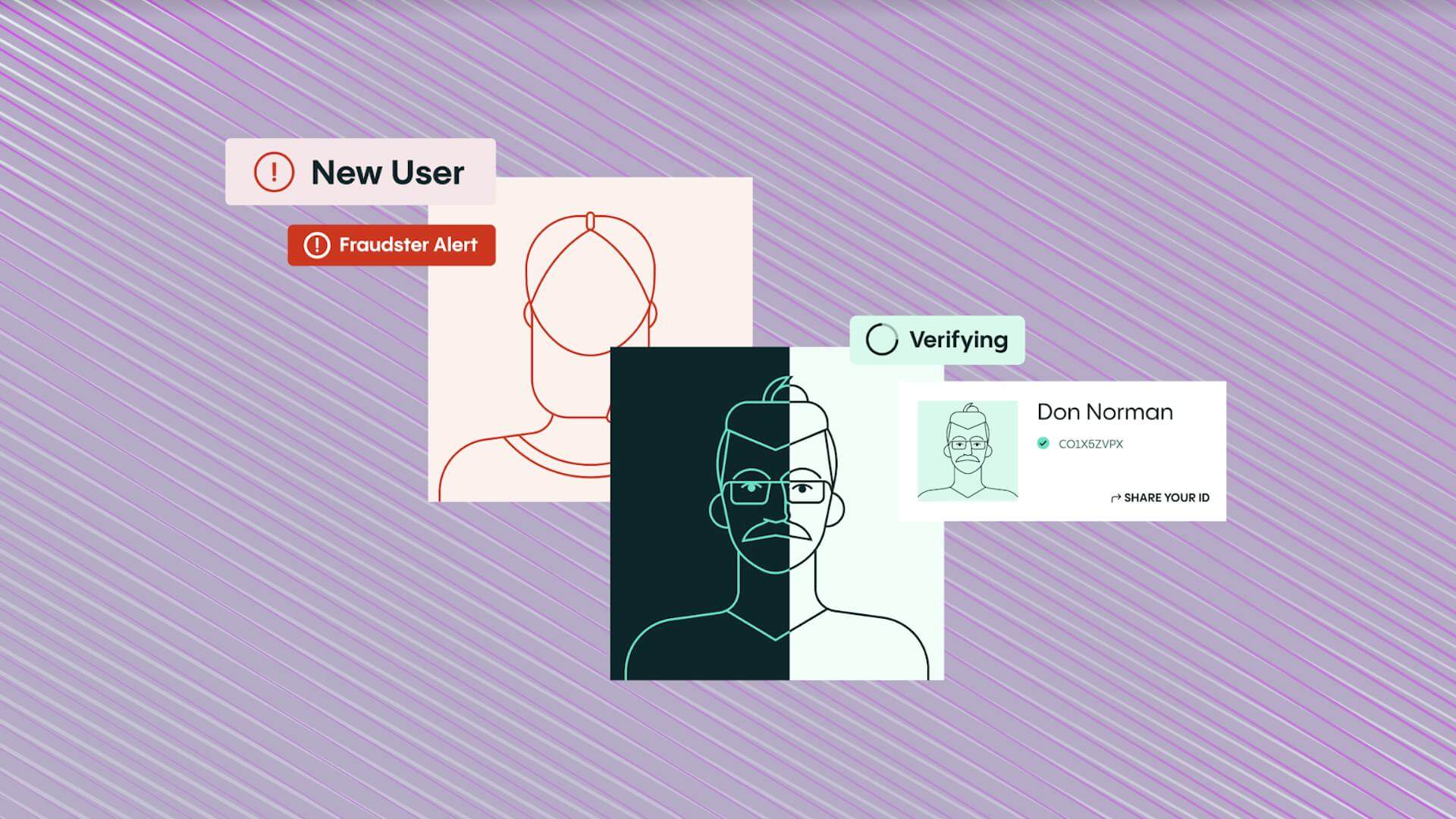Blog Post
What’s next in online security in 2023?
With established threats given new twists and fresh scams appearing all the time, neobanks must constantly evolve their online security to keep up. Here’s what to look out for in 2023.

Neobanks offer a range of customer benefits as compared to traditional banking with longstanding financial institutions. Customers no longer have to visit a physical branch to utilize banking services; from replacing debit cards to everyday money management, customers often conveniently gain access to their digital bank via a mobile app; plus, online banking checking and savings accounts offer full clarity over spending and saving in a customer friendly format. That said, if not properly verified, this new wave of customers can pose a significant security thread for today’s neobanks.
As a well-established provider of identity verification solutions, Veriff has its finger on the pulse of online security. For our 2023 Identity Fraud Report, we analyzed data from our global customer base to identify key trends in online fraud.
Fraud trends to watch
We found that criminals are employing new and more sophisticated techniques to gain access to information. Financial services saw a 9.73% growth in fraudulent transactions in 2022, with more than half of all incidents categorized as identity fraud.

Neobanks face a constantly evolving threat landscape of online security threats. The potential cost of failing to keep up with the latest scams can be significant.
Recurring fraud
Our data showed the biggest increase was in recurring and pattern fraud, which rose by nearly 50% in 2022. This is where criminals return to where they have been successful previously and aim to trick the system again.
Fast decisions
A 98% check automation rate gets customers through in about 6 seconds.
Simple experience
Real-time end user feedback and fewer steps gets 95% of users through on the first try.
Document coverage
An unmatched 12K+, and growing, government-issued IDs are covered.
More conversions
Up to 30% more customer conversions with superior accuracy and user experience.
Better fraud detection
Veriff’s data-driven fraud detection is consistent, auditable, and reliably detects fraudulent forms of identification.
Scalability embedded
Veriff’s POA can grow with your company’s needs and keep up with times of increased user demand.
Identity farming
Veriff found that 9% of all fraud in 2022 leveraged identity farming. This is a type of online fraud in which an individual or group creates numerous accounts on a large scale, using them to engage in various forms of fraud.
Document fraud
Within financial services, document fraud was up by nearly 80% year-on-year. ID cards were the most likely document to be used for fraud, accounting for almost half of all fraudulent activity.
Fake job ads
Another novel technique is the use of fake job ads to lure victims into providing personal information via their CVs. Accounts are opened in the names of applicants, with links requesting identity verification forwarded and portrayed as part of the job application process.
Deepfakes
A growing tactic is the use of sophisticated deepfakes to distort the photo image on the screen or to make a person’s face appear like that on a stolen document.
How our security is evolving to keep up
As you can see, neobanks face a constantly evolving threat landscape of online security threats. The potential cost of failing to keep up with the latest scams can be significant. Fortunately, the best identity verification solution providers are constantly introducing innovations to help neobanks stay one step ahead of scammers.
Device and network fingerprinting
This uses publicly available parameters including the device name, operating system, IP address and network provider to create a digital ‘fingerprint’.
Liveness detection
A technique that uses a sophisticated algorithm to deter ‘presentation attacks’. These systems determine whether a live human being is present during a video identity verification session, rather than a fake representation involving masks, paper cut outs or digital copies played from one screen to another.
Machine learning
This can be used to identify and focus on sessions that are more likely to present a risk based on analysis of previous sessions.
Crosslinking
This enables the grouping together of identity verification sessions that share similar data points to identify patterns such as multiple sessions submitted by the same person, on the same network, with the same device or using the same document.
Additional data sources
Increasingly, additional data such as proof of address or an applicant’s social security number is being used – the more data points employed in verification, the harder it is for scammers to gather enough data from victims to successfully ‘steal’ their identity.
By partnering with a quality identity verification provider like Veriff, you can ensure your business is best-placed to stop fraud throughout 2023 and beyond.

Get more details
Discover more about how IDV is powering Neobank growth and customer acquisition.














